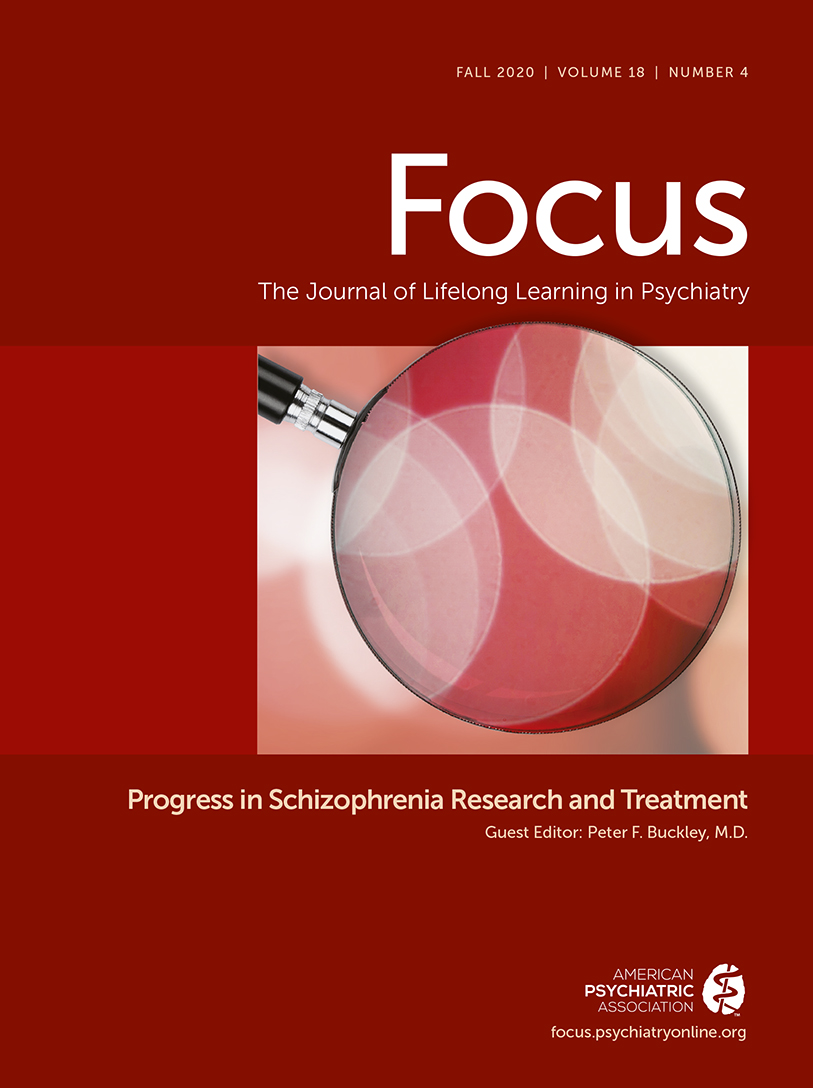Antipsychotic Polypharmacy
Abstract
Physicians who treat patients with schizophrenia frequently encounter complex clinical situations not fully addressed by published treatment guidelines. Some of these situations lead to antipsychotic polypharmacy, often prescribed when clinical and social obstacles prevent access to clozapine and patients have had suboptimal responses to nonclozapine monotherapy. We offer our perspective on the place of antipsychotic polypharmacy in the current treatment guidelines for patients with schizophrenia. We summarize data on the prevalence of antipsychotic polypharmacy and describe common clinical situations in which this practice is encountered, along with the pharmacological underpinnings of this practice. We briefly review evidence on common risks of antipsychotic polypharmacy and describe the limited evidence for the possible benefits of such practice. Moreover, we take a look at alternative antipsychotic augmentation strategies that address all domains of psychosis.



